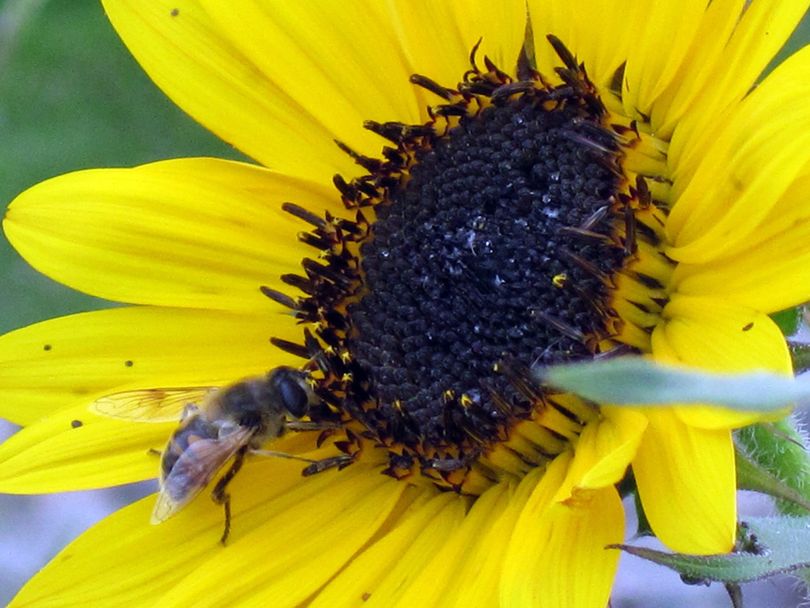National event encourages everyone to “bee good” to pollinators

WILDLIFE - Critters that spread pollen are nothing to sneeze at. The birds and the bees as well as the bats, butterflies, beetles and other insects that do this thankless work are a cornerstone to agriculture and more.
The U.S. Fish and Wildlife Service is working this week -- National Pollinator Week -- to highlight the crucial importance of pollinators as well as to remind us that some of these critical species are in trouble.
“Without pollinators, life on Earth would be scarcely recognizable," said Fish and Wildlife Service Director Dan Ashe. “We depend on these amazing insects and animals for the clothes we wear, the houses we live in and the food we eat.”
Pollinators are essential to agriculture and forestry, pollinating more than 150 different kinds of fruits, vegetables and nuts that provide a third of the nation’s food and beverages. In the United States alone, pollinators enable people to produce about $20 billion worth of products every year.
In addition, more than 75 percent of flowering plants are animal pollinated. These plants provide habitat, food, and shelter for many species of wildlife. Most plants need pollinators to reproduce, and use nectar to attract them.
Animals visit flowers in search of food and sometimes even mates, shelter and nest-building materials. Some animals, such as many bees, intentionally collect pollen, while others, such as many butterflies and birds, move pollen incidentally because the pollen sticks on their body while they are collecting nectar from the flowers. All of these animals are considered pollinators.
A study of the status of pollinators in North America by the National Academy of Sciences found that populations of honey bees (which are not native to North America) and some wild pollinators are declining. Declines in pollinators may be a result of habitat loss and degradation, and disease (introduced parasites and pathogens).
Bats also are suffering huge losses from deaths caused by white-nose syndrome.
You can help pollinators by:
- Reducing your impact -- by reducing pesticide use, increasing green spaces and supporting efforts to reduce air pollution.
- Planting for pollinators. Create pollinator-friendly habitat with native flowering plants that supply pollinators with nectar, pollen, and homes.
Download an ecoregional guide to determine the kinds of pollinator-friendly plants you can plant in your area.
